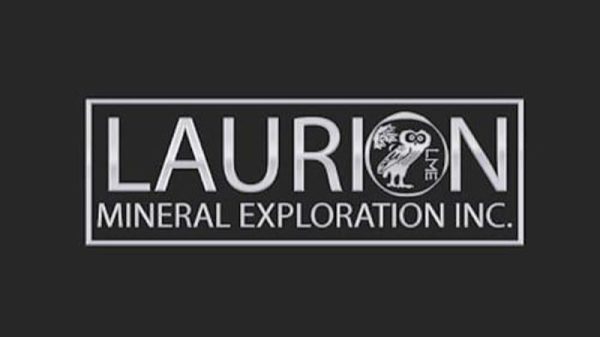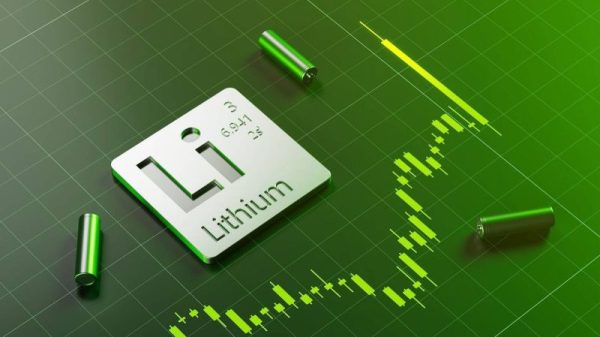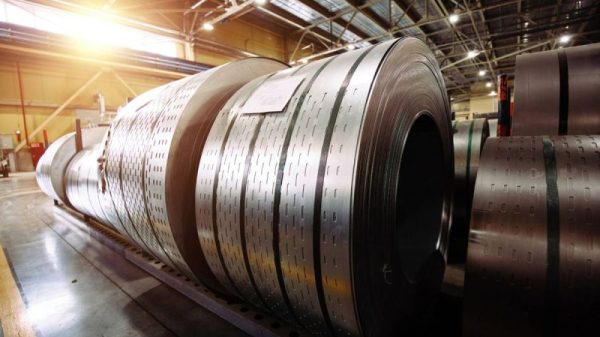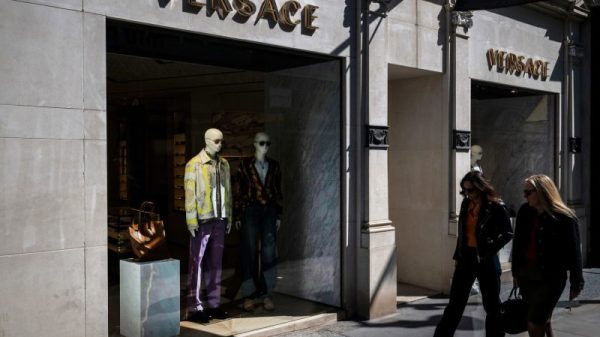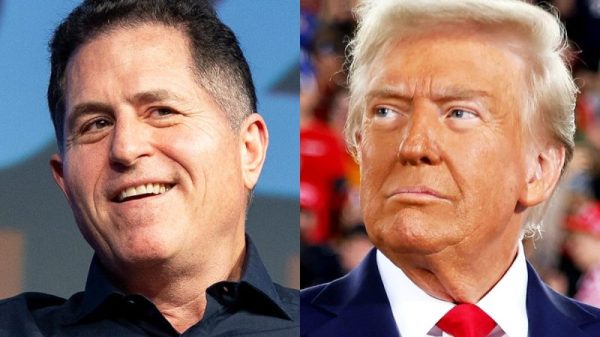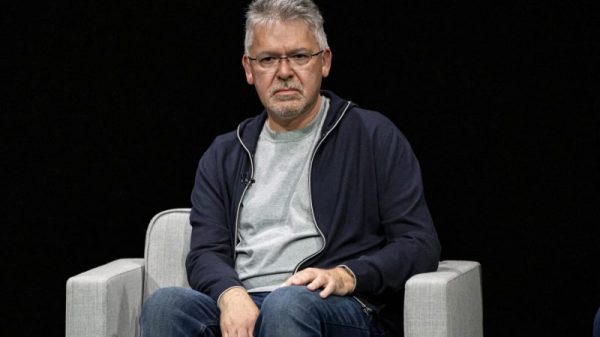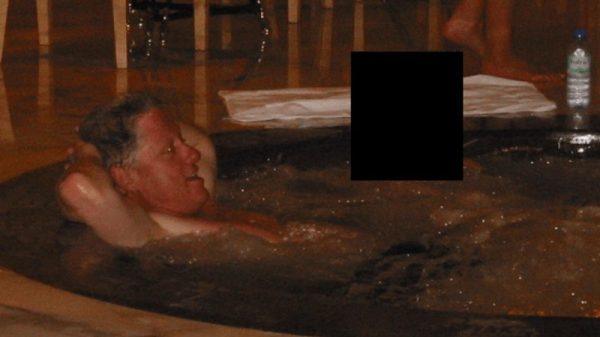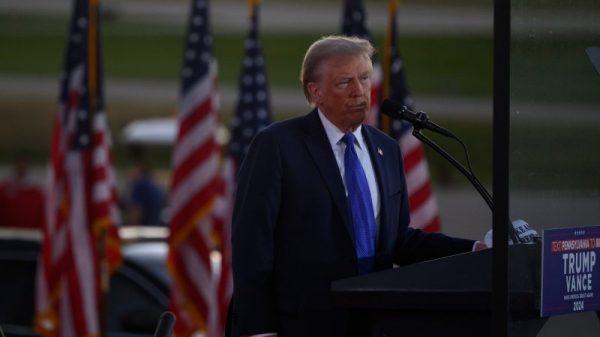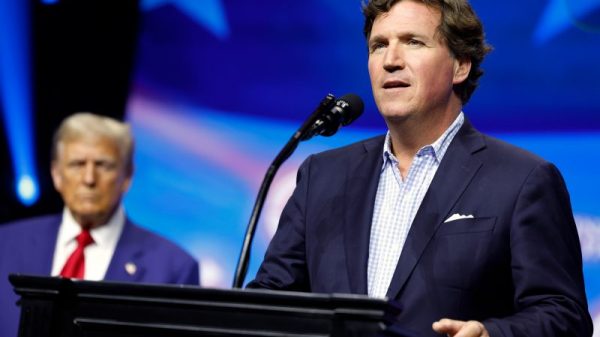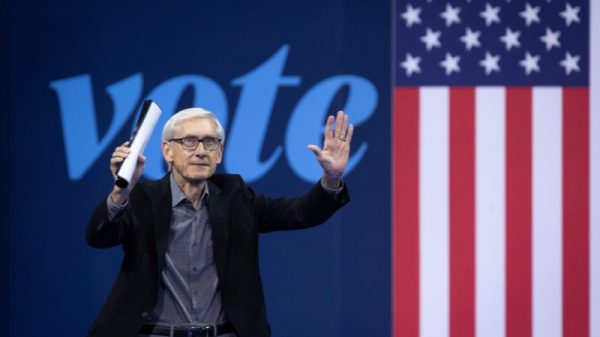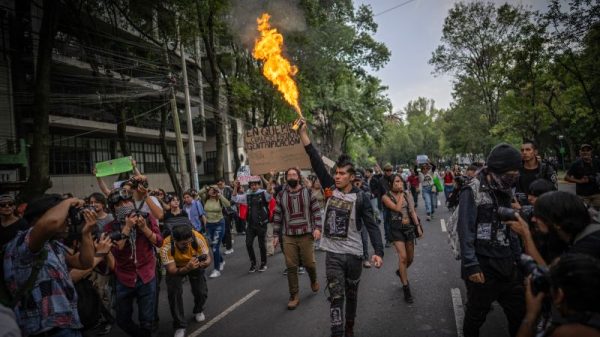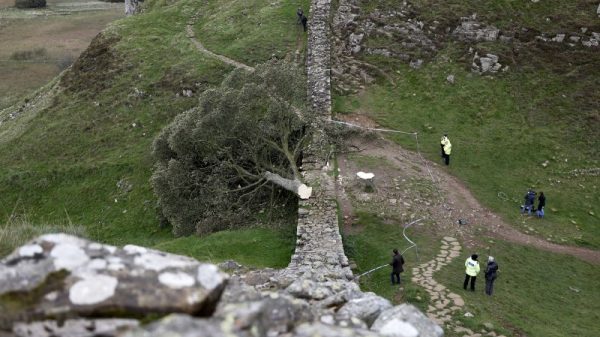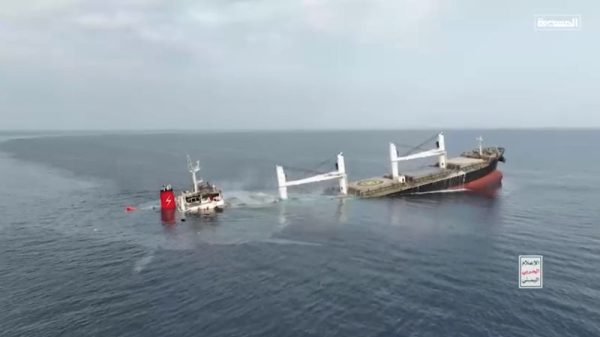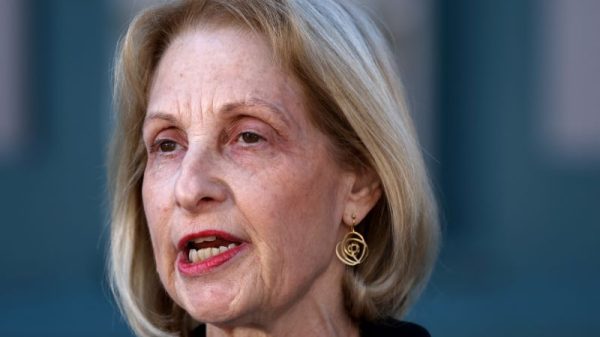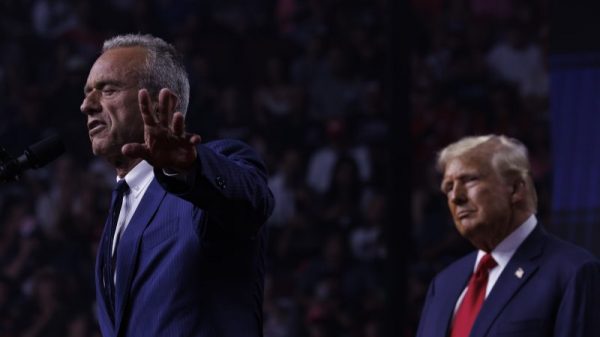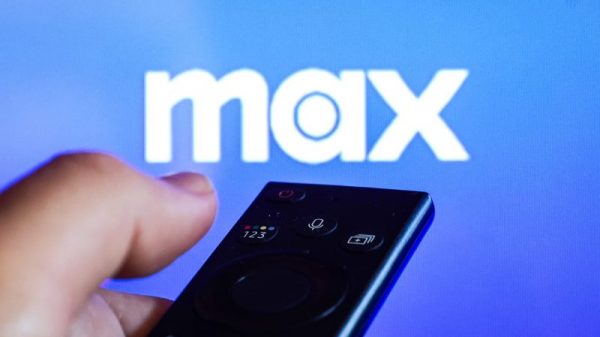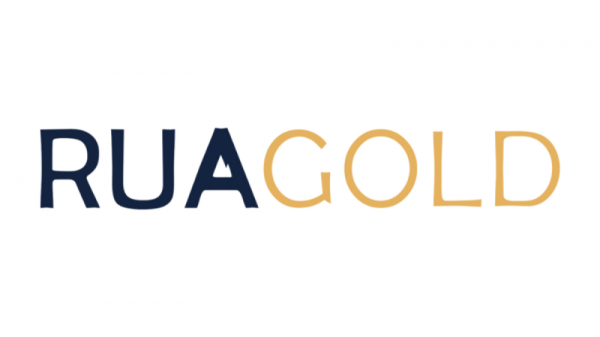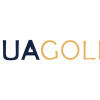

In the high-stakes world of resource extraction, a nation’s mineral wealth is a powerful magnet for investment, fueling economic growth and national prosperity. But not all countries are created equal.
For investors in the mining sector it’s key to understand that jurisdictional risk can be profoundly impacted by political changes, as new administrations can swiftly alter the regulatory landscape. These policy shifts can present both opportunities and setbacks, introducing a complex layer of uncertainty to even the most promising ventures.
At the same time, regions traditionally seen as stable and secure for resource development can face their own challenges, including rigorous permitting regimes that can slow mine development activity.
Read on for three case studies on jurisdictional risk and how to navigate this type of complexity.
Case study: First Quantum’s Cobre Panama mine
Perhaps the most notable example in recent years of how politics can affect operations is the closure of First Quantum Minerals’ (TSX:FM,OTC Pink:FQVLF) Cobre Panama mine in Panama.
As with many mining operations, Cobre Panama took decades to bring into production. First Quantum received approval to begin work at the site in February 1997; however, it would take 22 years and US$10 billion to build the mine and the required infrastructure before production commenced in September 2019.
When it was placed on care and maintenance in November 2023, the mine was one of the largest in the world, accounting for approximately 1 percent of total copper supply.
The closure came after Panama’s government faced intense public backlash for granting First Quantum a 20 year mining contract; it was quickly declared unconstitutional by the Supreme Court.
The Panamanian government also introduced an indefinite moratorium on all mining concessions. The move put the country’s mining sector in a state of limbo and led other companies to cease activities in Panama. For example, Orla Mining (TSX:OLA,NYSEAMERICAN:ORLA) decided to halt funding of its Cerro Quema project until it had “greater certainty with respect to the mining concessions, as well as fiscal and legal stability in Panama.”
Cobre Panama’s closure and the subsequent moratorium led Fitch to downgrade its investment outlook for Panama in March 2024, from BBB- to BB+. The credit agency cited fiscal governance challenges that arose following the mine’s closure, noting that Cobre Panama accounted for 5 percent of the nation’s GDP.
Although the International Monetary Fund expects Panama’s GDP to rebound to 4.5 percent in 2025 as non-mining sectors of the nation’s economy grow, the changes have already had a significant impact on the national economy, with GDP growth slowing to 2.9 percent in 2024, from 7.4 percent in 2023.
Case study: Barrick Mining’s Loulo-Gounkoto complex
Another recent example is the impact of unrest on Barrick Mining’s (TSX:ABX,NYSE:B) operations in Mali.
The African nation has experienced a prolonged period of instability, with the government being overthrown in three coup d’états within a 10 year span, in 2012, 2020 and 2021.
The most recent two came following months of turmoil after election irregularities and accusations of corruption in 2020, then calls for a more legitimate government to be installed in 2021.
Ultimately, the government was replaced by a military junta, and in 2022, it was announced that elections would be held in 2024. However, these were delayed until early 2025, at which time they were again postponed.
This past July, Malian military authorities granted current leadership a five year mandate, renewable as many times as necessary without requiring an election, which guarantees control of the government until 2030.
The impact on the mining sector has been notable. In 2022, the new government ordered an audit of the mining sector, which led to Mali adopting a new mining code in 2023 after limited industry consultation.
The code aims to generate more revenue for the government from mining operations by increasing government ownership to 35 percent from 20 percent and removing tax-exempt status for some operations.
Existing mining contracts were also reviewed, which limited the ability to renegotiate, leading to a protracted negotiation process between the Malian government and Barrick over its Loulo-Gounkoto complex.
While Barrick has said its commitment to Mali remains firm, going so far as to make a good-faith payment of US$83 million, the two parties were unable to reach an agreement. The stalled negotiations led the government to arrest or issue arrest warrants for key personnel over unpaid taxes and contract disputes, including Barrick CEO Mark Bristow.
With no resolution, Barrick was ultimately forced to shut down the mine in January of this year. Although arbitration proceedings continue, the operation was placed under provisional administration on June 16, and government helicopters were seen onsite removing more than 1 metric ton of gold on July 10.
According to the Extractive Industry Transparency Initiative, the mining sector makes a significant contribution to the nation’s economy, representing 79 percent of exports and 9.2 percent of GDP. Although other companies haven’t ceased operations in the country, the government’s action has created tensions for investors, with CEOs suggesting that the new rules make it economically unfeasible for new mines or takeovers in the country.
The Fraser Institute gave Mali a policy perception score of 14.94 in its 2024 Annual Survey of Mining Companies, a significant decrease from 2023, when it achieved 33.34, and a precipitous decline from 2020’s score of 78.18. In the overall ranking, Mali fell to 74 out of 82 countries included in the survey, down from 37 out of 77 in 2020.
The institute notes that companies say policy accounts for about 40 percent of their decision when choosing where to establish operations. The other 60 percent is based on the mineral potential. In this regard, Mali improved to 55.26 from 41.18 in 2023; however, it remains in the bottom half of all jurisdictions, ranking 40 out of 58.
The institute uses these scores to determine the overall investment attractiveness of jurisdictions. In 2024, Mali scored 39.13 and ranked 72 out of 82. Respondents to the survey suggested that the rejection of gold mining permits and the lack of transparency created uncertainty and deterred investment.
Even when investment is in the national interest, underlying issues can be hard to overcome.
Case study: The DRC
The Democratic Republic of the Congo (DRC) is endowed with a vast wealth of minerals, ranging from copper to cobalt and diamonds, but a lack of infrastructure and geopolitical instability have hindered investment.
However, the mining sector has seen steady growth in recent years as the government looks to attract investment. One project is the construction of the Lobito Corridor, Africa’s first open-access transcontinental rail link. It connects Zambia and the DRC with the port of Lobito in Angola, providing improved shipping opportunities for producers.
Among the operations that have signed on to use the rail link is Ivanhoe Mines’ (TSX:IVN,OTCQX:IVPAF) Kamoa-Kakula mine. The asset is one of the world’s largest copper mines, producing 964 million pounds in 2024.
In February 2024, the company signed a term sheet to access the corridor, allowing it to transport between 120,000 and 240,000 metric tons of copper concentrates per year for a five year term, commencing in 2025.
In a press release, Robert Friedland, Ivanhoe’s founder and executive co-chair, said the corridor is “fast becoming one of the most important trade routes for vital copper metal in the world.”
He added that the rail link will unlock projects due to the lower logistical costs.
While development in the DRC is moving in the right direction, it’s not without its problems. Tensions remain with neighboring Rwanda, as Rwanda has backed anti-government M23 rebels. The groups have been warring since 2022, with much of the violence occurring in the Eastern DRC, a mineral-rich area of the country.
In April 2024, M23 seized the town of Rubaya, the center of coltan production in the DRC; coltan is a critical mineral for the tech sector. While Ivanhoe’s mine has avoided the violent uprisings elsewhere in the country, it still highlights key security challenges for operations in the country and underscores the fragility of stability.
Like Mali, the DRC declined in the Fraser Institute’s survey last year.
It dropped to 12.97 on policy, down from 24.93 in 2023, ranking 77 out of 82. However, its mineral potential ranked much higher, scoring 73.53 — that’s up from 55 in 2023 and a rank of 14 out of 58.
On overall investment attractiveness, the DRC was middling, scoring 49.31 and ranking 58 out of 82. The report points to issues such as disputes over land tenure ownership, which have led to uncertainty and deterred investment.
Is there any truly safe mining jurisdiction?
The mining community has looked mainly to North America, Europe and Australia to minimize jurisdictional risk.
Canada, the US and Australia are widely considered safe places to invest in due to the stability of their governments and the absence of cross-border conflicts. Despite changes in government, political parties in these nations tend to support extractive industries through tax credits and investment programs.
As a whole, challenges in these jurisdictions tend to be more regulatory than geopolitical in nature, with strict environmental and social regulations adding years to development timelines.
Recently, however, there have been some moves to break down these barries.
The US and Canada have both made promises to streamline the permitting process to decrease timelines for critical minerals. Additionally, under the Biden administration, the US Department of Defense, increased funding for projects deemed critical to national interests, including those involving Canadian companies Fortune Minerals (TSX:FT,OTCQB:FTMDF) and Lomiko Metals (TSXV:LMR,OTC Pink:LMRMF).
The program has continued under US President Donald Trump, with the most recent award being announced on July 22, for US$6.2 million in funding for Guardian Metal Resources (LSE:GMET,OTCQX:GMTLF).
Although challenges in these regions still exist, in general they remain stable. For investors, it can help to de-risk portfolios and avoid the geopolitical tensions and uncertainty that arise elsewhere.
Securities Disclosure: I, Dean Belder, hold no direct investment interest in any company mentioned in this article.


